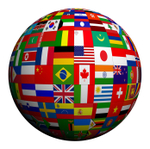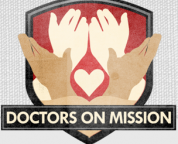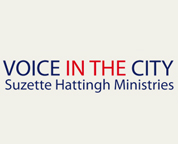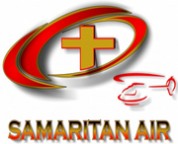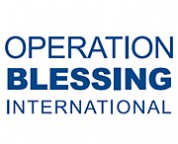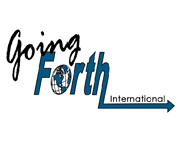*
Right now, about 1 billion people—or one in eight people—do not have access to safe, clean drinking water.1 Worldwide, the water and sanitation crisis claims more lives each year than all forms of violence, including war.2 Sadly, children are especially vulnerable. Every 20 seconds a child dies from a water-related disease.3 In fact, diarrhea remains the3second leading cause of death among children under five worldwide, killing more young children than AIDS, malaria and measles combined.4
*
WATER WELLS can provide clean drinking water for an entire village and help prevent dehydration and water-borne disease.
CISTERNS help collect and store rainwater, giving a family access to a water source and an improved quality of life.
LIFESAVER JERRYCANS have a built-in filtration system that—in a matter of seconds—can purify water from even the dirtiest of sources.
WATER PURIFICATION SYSTEMS purify up to 10,000 gallons of water a day, providing safe drinking water for communities, hospitals and more.
*![]()
Globally, there are an estimated 143 million children who have lost one or both parents.1 Worse, 21,000 of these vulnerable children die each day from preventable causes.2 It’s a harsh reality, but not a hopeless one. Operation Blessing’s Orphan’s Care programs are strategically focused on helping key groups of orphans and vulnerable children around the world.
*![]()
OUTREACH PROGRAMS aid orphaned, abandoned and vulnerable children who are living in poverty, providing shelter, education, and more.
HUMAN TRAFFICKING rescue projects help prevent trafficking of at-risk children and offer recovery programs for those who have been rescued.
FEEDING PROGRAMS offer children regular, nutritious meals to prevent malnutrition and stunted growth.
HEALTH CARE programs give impoverished children access to medical care, dental care, and hygiene training.
*![]()
Did you know that hunger kills more people each year than AIDS, malaria and tuberculosis combined?1 In fact, hunger is a major factor in the deaths of five million children every year.2 Hunger doesn’t only affect children in developing nations—children in America are hungry too. Recent statistics indicate that 50.2 million Americans live in food insecure households; more than 17 million of them are children.3
*![]()
INTERNATIONAL HUNGER RELIEF projects can reduce malnutrition and stunted growth by providing good nutrition to hungry children.
HUNGER STRIKE FORCE trucks deliver an average of 2 million pounds of food and product each week to food banks across the United States.
FOOD SECURITY efforts like grain banks in Niger are working to establish long-term hunger relief in areas affected by drought and famine.
*![]()
Did you know that the two most common causes of death in children under five are pneumonia and diarrhoeal diseases?1And children aren’t the only ones at risk—every day nearly 1,000 women die due to serious complications related to pregnancy and child birth.2 In all, an estimated one-fifth of the world’s population lives without access to basic health care.
*![]()
MEDICAL AID projects offer free care to impoverished families, many of whom live in rural areas without regular access to health clinics.
COMMUNITY HEALTH WORKERS help prevent and detect illnesses and diseases in rural villages that are without clinics or hospitals.
BED NETS treated with insecticides provide a protective barrier that helps prevent children from being bitten by malaria-carrying mosquitoes.
*Excerpts Taken From OB.org

